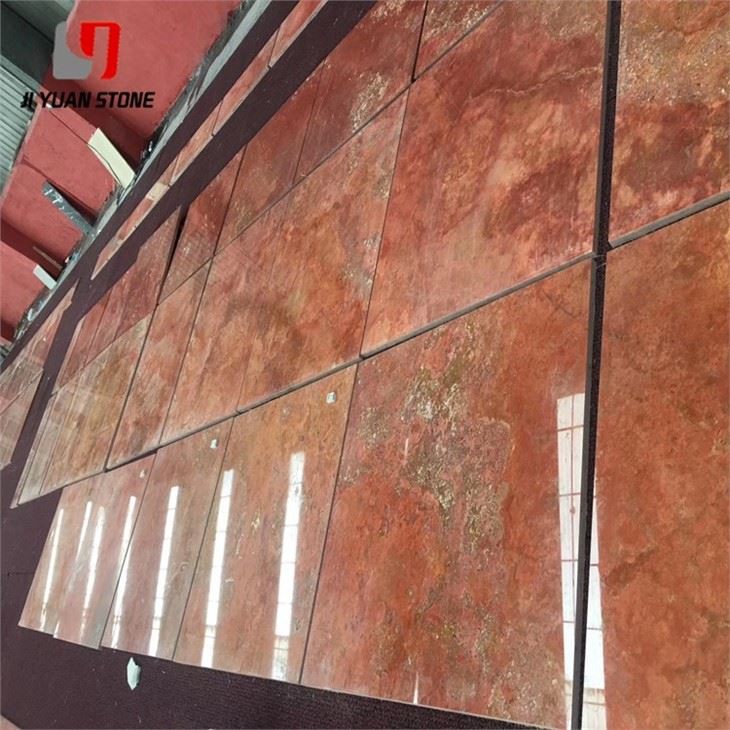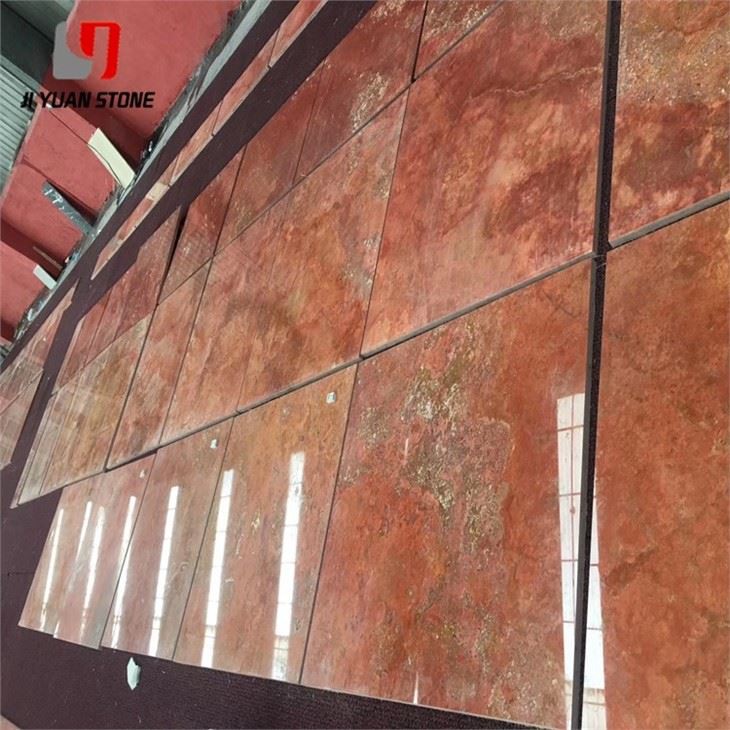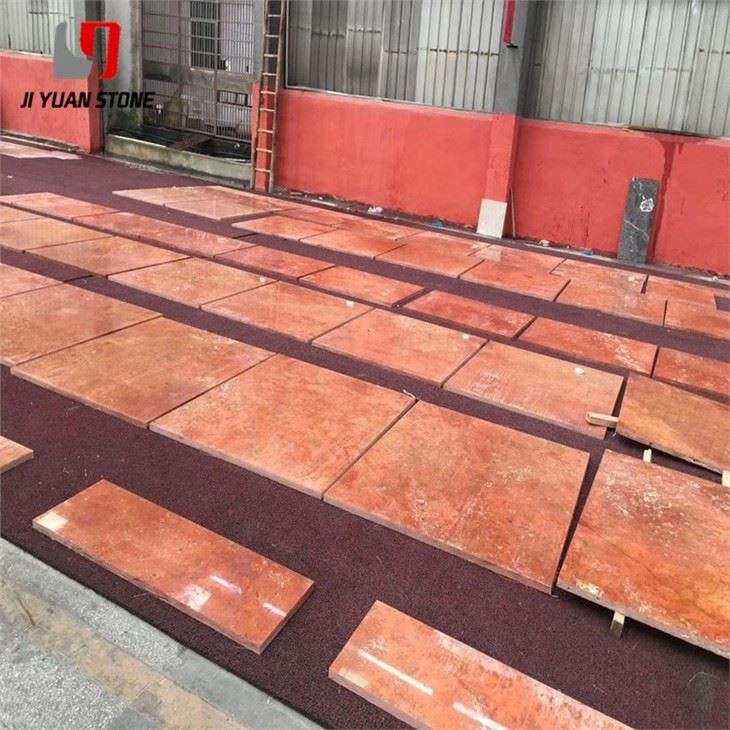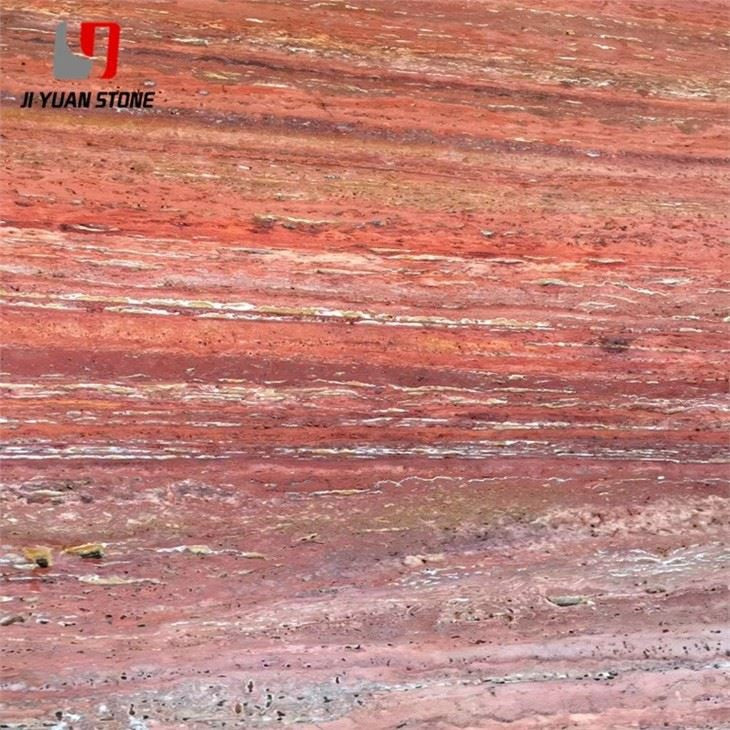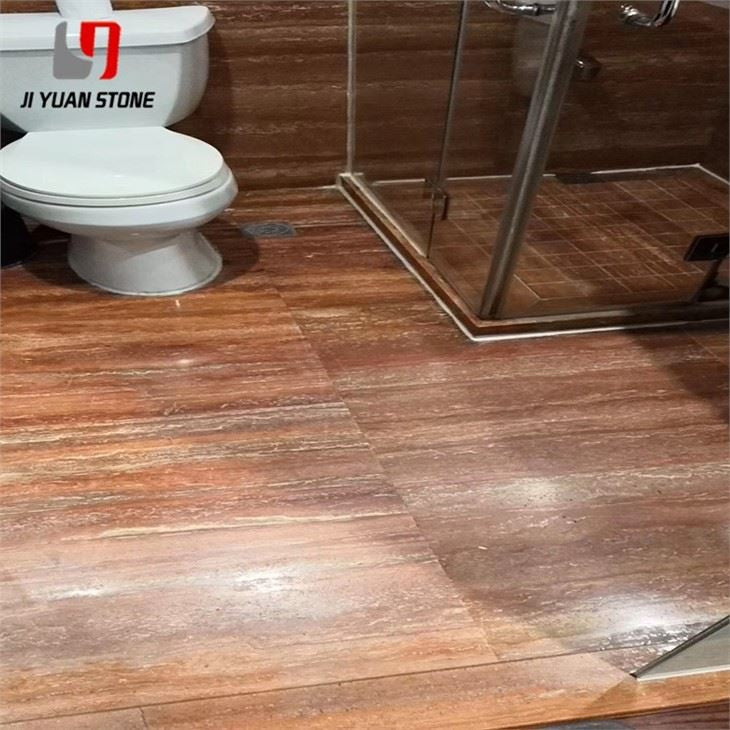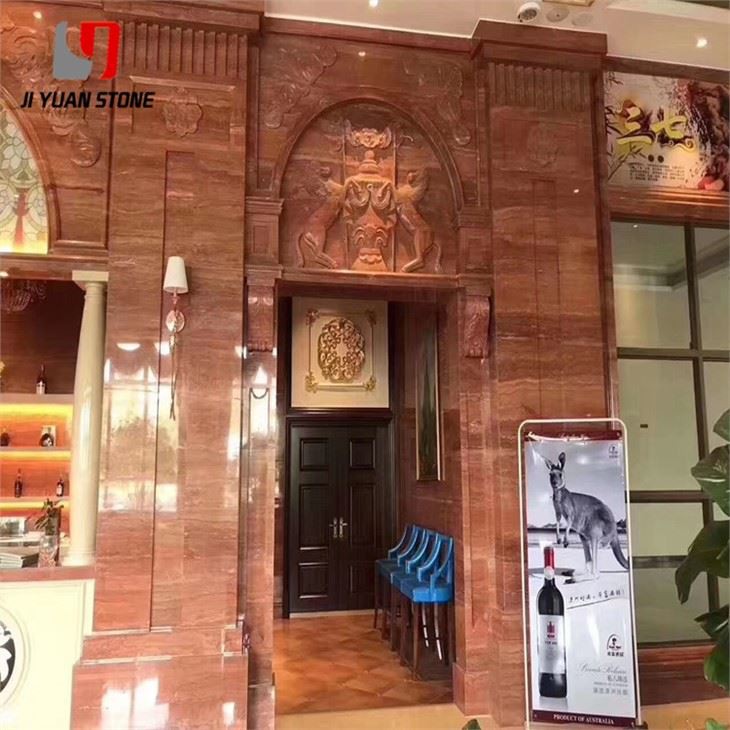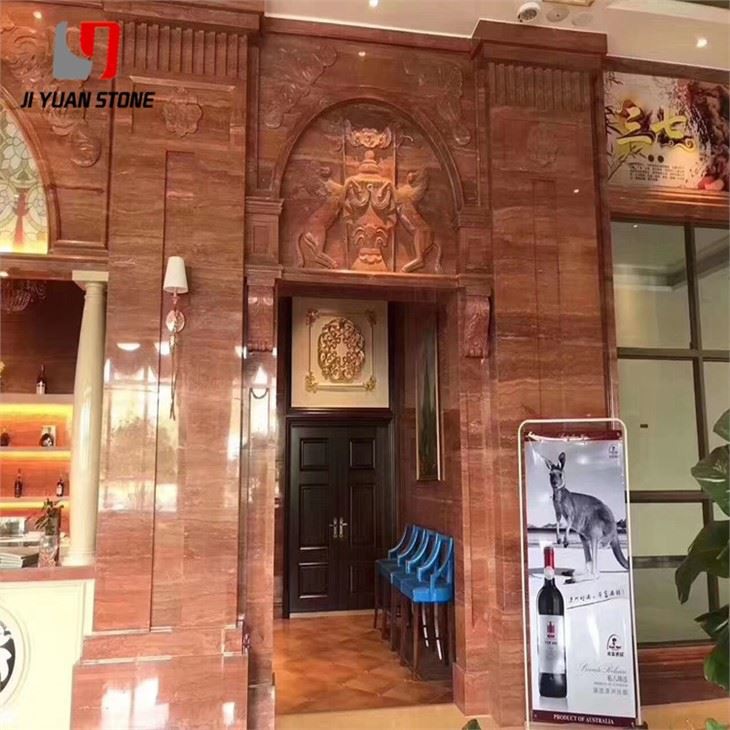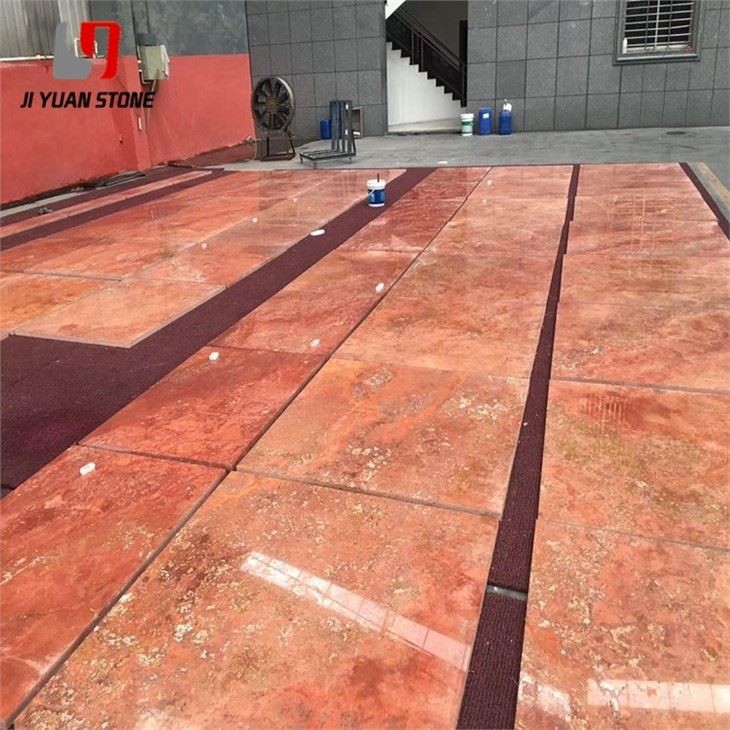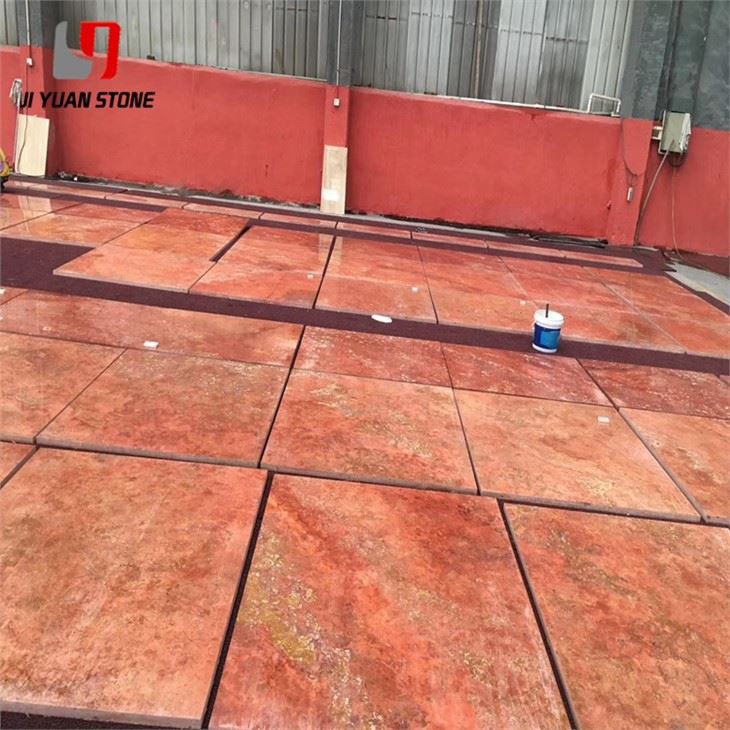Travertine Marble Tile
Travertine Marble Tile
Travertine Marble Tile – Timeless Beauty from Natural Stone
Expertly crafted from natural travertine marble, these tiles add a touch of elegance to any space. With their unique veining and natural variations, each tile is one-of-a-kind. Durable and easy to maintain, these tiles are perfect for use in kitchens, bathrooms, and entryways. Transform your home with these luxurious travertine marble tiles.
| Feature | Details |
|---|---|
| Item: | Travertine Tiles, Cut-to-size, Slabs |
| Popular tile size: |
|
| Popular small (half) slab size: |
|
| Popular big slab size: |
|
| Usual Thickness: | 1.0cm, 1.5cm, 1.8cm, 2cm, 3cm, 4cm, 5cm, 6cm etc.. |
| Finished: | Polished |
| Package: | By strong fumigated wooden crates, wooden pallets, wooden bundles, etc.. |
| Samples | FREE SAMPLES will be provided once request |
Travertine marble tile blends the charm of traditional craftsmanship with the elegance of natural stone. Characterized by its rich colors, varied patterns, and smooth finish, this versatile tile has become a staple in luxury design and architecture. Whether you're enhancing a residential space or commercial property, travertine marble offers a durable and visually captivating solution.
🌍 Origin & Geological Significance
The name "Marble" has deep roots in Chinese geological heritage, originally referencing the colorful sedimentary metamorphic carbonates found in Cangshan, Yunnan. In petrology, travertine marble tile is further classified into:
- Pure marble
- Dolomitic marble
- Serpentinized marble
- Marbled limestone
Most types of travertine marble tile form through regional metamorphism, with some resulting from contact metamorphism. Beyond the traditional marble types, commercial marble also encompasses sedimentary limestone (like bamboo or oolitic limestone), dolomite, sandstone, and slate—provided they possess decorative potential and workability.
🏛️ Historical & Contemporary Applications
The use of travertine marble tile in China dates back centuries. It has long been used in:
- Sculptures of Buddhas and deities
- Decorative carvings in temples and palaces
- Public monuments and tourist attractions
However, only in the last few decades has technology made it possible to cut these stones into precisely measured slabs, usually between 0.8 to 3 cm thick, and polish them to a gloss level of 75+ degrees for architectural use.
🧱 Mining and Machining Requirements
To be commercially viable, a travertine marble tile deposit must:
- Have minimal fractures and fissures
- Provide blocks of at least 1 cubic meter
- Show attractive coloration and decorative patterning
- Be easily cut and polished
Geological surveys are essential before mining, including shallow trenches (under 5m), trial wells (under 10m), or shallow drill sampling to evaluate pattern consistency and color uniformity. A 1:5000 geological map is also created to assess economic potential.
🏗️ Design Versatility and Uses
Travertine marble tiles are ideal for:
- Interior flooring and wall cladding
- Exterior facades
- Decorative columns and staircases
- Custom sculptural work
Their natural polish and strength make them a preferred choice for upscale residential, commercial, and heritage restoration projects.
✅ Why Choose Our Travertine Marble Tile?
- Rich color variation and unique natural patterns
- Easy to cut and install with modern equipment
- Suitable for historic and modern designs alike
- Long-lasting, low-maintenance, and eco-friendly
Bring nature’s artistry to your project with our premium travertine marble tile, where geology meets design, and tradition meets innovation.
✔️ Fast shipping available
✔️ Custom orders and bulk quantities
✔️ Expert consultation on request
Share
